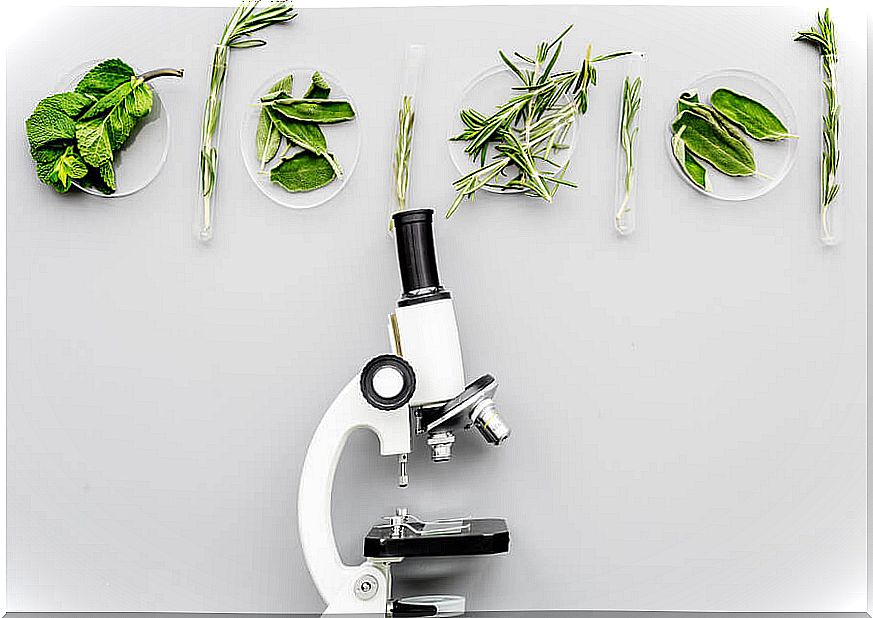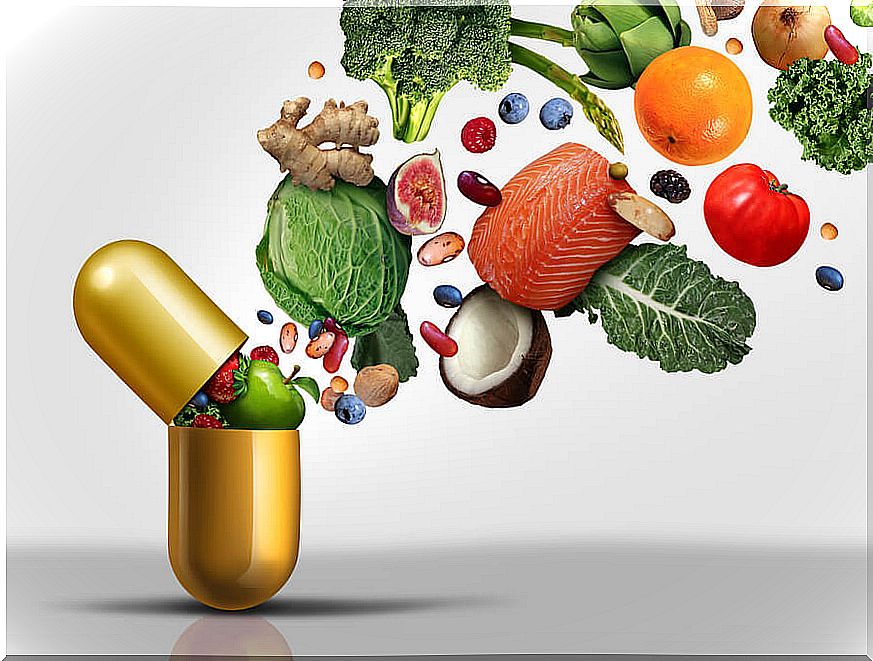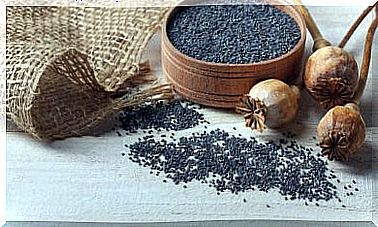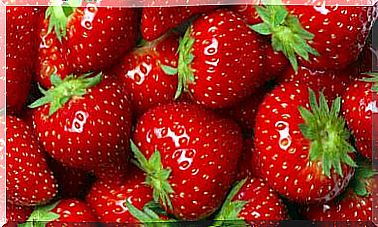What Are GM Foods And What Are Their Benefits?
GMO foods are the order of the day. Still, they are often viewed by the general public as a product of a dystopian society and therefore tend to be shunned. It is natural, the human being fears what he does not know. Modifying something as established as the genetic code of what surrounds us cannot be good, right?
Thus, different interviews have shown that the rejection of these foods is greater, since 33.4% of those interviewed think that they bring more harm than good, while their acceptance corresponds to only 22.8%. This issue is full of lights and shadows to clarify, but first, it is necessary to clarify what a transgenic is.
What are transgenic foods?
They are those foods that have been produced from an organism modified by genetic engineering, and to which genes from another living being have been incorporated to produce the desired characteristics. Thus, we see that not all commercial foods fall within this definition.
You have to know how to differentiate between genetic and transgenic selection. There are many foods that are products of the intentional crossing of plants with the best possible genetics (those with the largest seeds, the most striking fruits, the best colors, etc.), and these are not considered transgenic.
In order for them to meet this condition, their genome must have been artificially modified in some way. It may sound complex and in fact it is, so we are going to limit the explanation of how a transgenic is produced to its most basic concepts.
The bacterium Agrobacterium tumefaciens is capable of transferring genetic information to plants, entering through lesions produced in them. It is located in its intercellular spaces and introduces genetic information in the form of a plasmid, which is integrated into some area of the plant’s genome.
Thus, this bacterium acts as a vehicle for the transmission of DNA. The plasmid it transmits has been modified in advance by introducing genetic information from apparently another bacterium with the desired trait.
Bacteria with initial trait- Plasmid within Agrobacterium- Plant genome
This is a simple way to understand one of the most widespread methods of GMO production.

What are the benefits of transgenic foods?
Multiple studies, such as one published in the Journal of the Royal Society of Medicine , report the benefits of GM foods. But, first of all, we must bear in mind that on our planet there are more than 840 million people living on the poverty line who do not reach a daily caloric intake of 2000 kilocalories.
For this data and many more, a human action is necessary in the sources of resources.
- GMOs can provide a greater nutritional contribution. A clear example of this is golden rice, genetically engineered to facilitate the synthesis of vitamin A, especially in developing countries where a balanced diet is not possible. Thus, 72 grams of this rice represent 50% of the recommended dose of vitamin A in a 3-year-old child.
- They facilitate the production of food. There are transgenic foods with capacities to resist viral diseases or insects, so fewer plants are spoiled. This means a greater economic benefit for farmers and greater food availability.
- Greater resistance to climate change. This point is still in the laboratory phase, but it is necessary to prepare the crops genetically to counteract the effects that will occur as a result of climate change in the coming years.

What are its dangers?
For the health of the general public, scientific evidence has not shown that there are tangible dangers in transgenics, as stated by the World Health Organization (WHO) in this bulletin.
No, there is no evidence of any kind that they cause cancer. In addition, these foods are subjected to a wide range of tests, especially to prevent them from generating toxicity or allergenic effects in the general population. So far no licensed GMO food available to the public has exhibited adverse reactions.
Of course, not everything is positive. There is a risk that the modified plants produce overcrosses with other non-cultivable vegetables, which would generate imbalances in the natural ecosystem. It may also be that plants that show resistance to pests end up negatively affecting other species that do not pose a problem.
As we have seen in this space, transgenic foods are preceded by a bad reputation that must be subjected to scrutiny. They come with benefits and dangers, but the question is, on a planet overcrowded and threatened by climate change, will we be able to live without them in the near future? The debate is open.









